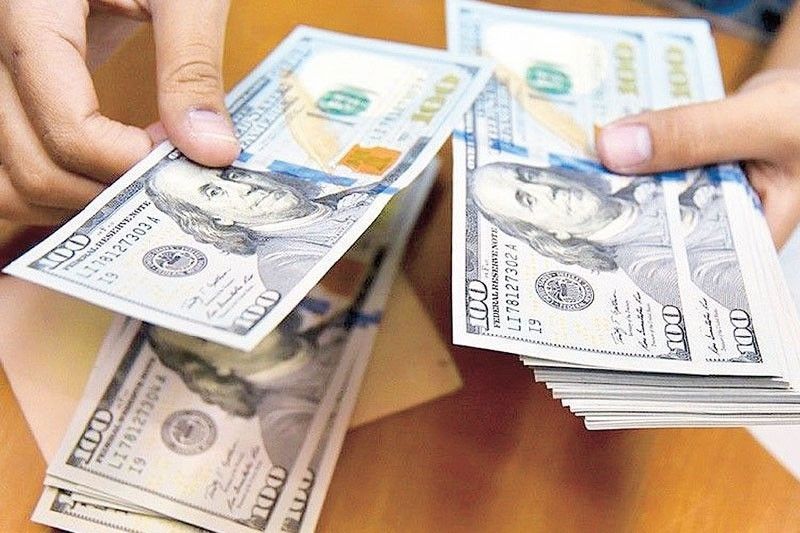Forex buffer rises to $106.8 billion, but misses BSP’s 2024 target

MANILA, Philippines — The country’s foreign exchange buffer rose by three percent to $106.84 billion in 2024 from $103.75 in 2023, marking its second straight year of increase, according to the Bangko Sentral ng Pilipinas (BSP).
However, the latest figure was 1.5 percent lower than the $108.49 billion as of end-November 2024 and was below the $109-billion target set by monetary authorities last month.
In 2022, the gross international reserves (GIR) declined to $96.15 billion from $108.79 billion in 2021 and $110.12 billion in 2020.
Last year’s increase in the forex buffer reflected mainly the higher foreign investments of the BSP, which increased by 2.5 percent to $90.02 billion from $87.85 billion a year ago.
Likewise, the value of the central bank’s gold holdings went up by 4.3 percent to $11.01 billion in 2024 from $10.56 billion in 2023 as the prices of gold picked up in the world market.
The forex buffer is the sum of all foreign exchange flowing into the country and serves as a buffer to ensure that it will not run out of foreign exchange that it can use in case of external shocks.
Meanwhile, the BSP attributed the month-on-month decrease in the GIR to its net foreign exchange operations and the national government’s withdrawal from deposits with the central bank to pay for maturing foreign debt.
Based on BSP data, the foreign exchange cover went down by 20.8 percent to $1.37 billion as of end-December last year from $1.73 billion a month ago.
The BSP used the buffer to intervene in the foreign exchange market when the peso slumped to an all-time low of 59 to $1 in November 2024. This helped the local currency close last year at 57.845 to $1.
According to the BSP, last year’s GIR level represents a more than adequate external liquidity buffer.
The buffer is equivalent to 7.5 months’ worth of imports of goods and payments of services and primary income. It is also about 3.8 times the country’s short-term external debt based on residual maturity.
By convention, GIR is viewed to be adequate if it can finance at least three months’ worth of the country’s imports of goods and payments of services and primary income.
It is also considered adequate if it provides at least 100 percent cover for the payment of the country’s foreign liabilities, public and private, falling due within the immediate 12-month period.
The BSP targets the country’s GIR to hit $110 billion by end-2025.
- Latest
- Trending































